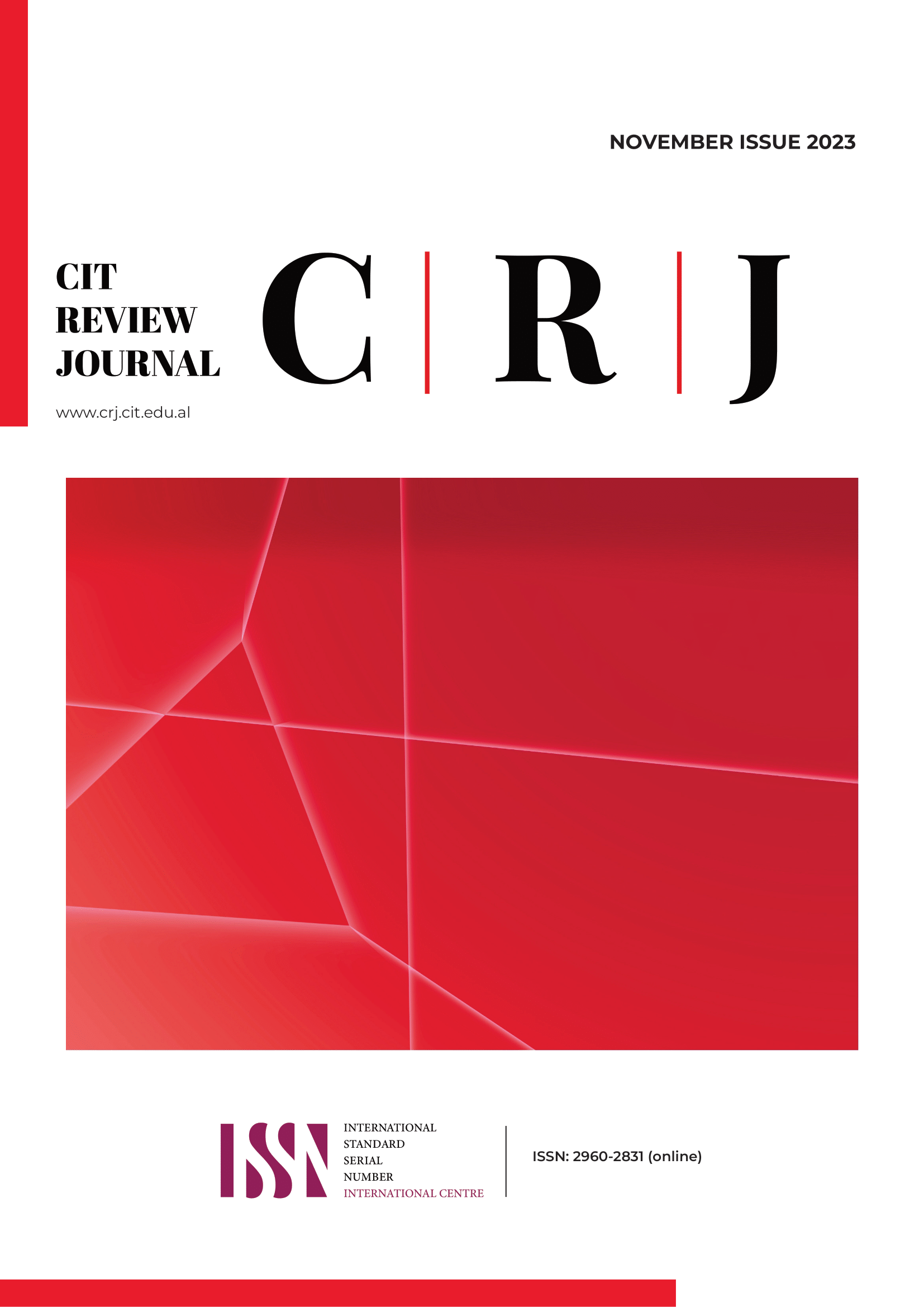Editor-in-Chief
The editor-in-chief is the lead editor and ultimately responsible for the academic content of the journal. His primary responsibilities include:
- Directing the overall strategy of the journal.
- Reviewing and deciding upon submitted manuscripts to ensure sustainable and timely copy flow.
- Acting as an ambassador for the journal, commissioning content and fielding submission enquires as appropriate.
Associate Editors
The editor-in-chief delegates work to these associates and may deputize some decisions to them.
Editorial Board
Members of the editorial board meet periodically to evaluate the journal’s health and to discuss overall goals. The frequency of these editorial board meetings varies depending on the specific needs of the journal.
Functions may include:
- Identifying new topics for commissions, special editions and advising on direction for the journal—giving feedback on past issues and making suggestions for both subject matter and potential authors
- Provide content by writing occasional editorials and other short articles
- Approaching potential contributors
- Peer review; also help to identify peer reviewers and provide second opinions on papers (i.e. where there is a conflict between reviewers)
- Endorse the journal to authors, readers and subscribers and encourage colleagues to submit their best work.


